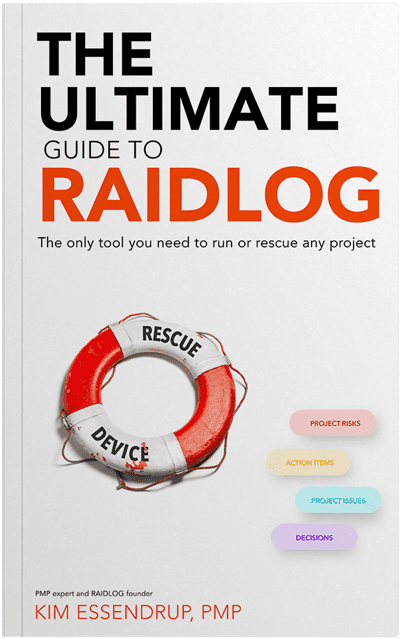Contrary to the spelling, when you review your RAID, it is usually best to follow the sequence I-R-D-A.
- Issues – review your open issues in priority order, ensuring your remediation plans are up to date and that impacted stakeholders are up to date and communicated with. When you have critical open issues, you may not get further in your RAID log until the issue is resolved.
- Risks – Sort by risk score (P*I) and by trigger date if you are using that field. Check up on your remediation activities to make sure they are on track and then think through any additional risks that may have come up since your last review.
- Decisions – filter for open decisions and sort by the decision date. Review each to ensure you are on track with plans to get the decision made. Identify any open decisions where you still haven’t figured out the options or the decision makers and work on those.
- Action Items – filtering for open items that have impending due dates.
- If something can be done in 2 minutes or less, do it now. This is part of David Allen’s Getting Things done methodology. If you don’t, you’ll end up spending more time managing the action item than it would take for you to get it done.
- Ensure all items have a due date and assignee. If some are missing, work on that.
- Review items assigned to you – and wherever possible, delegate!
- Prioritize those Action Items that are important and have a long term effect on the project over those that are urgent and less important.
Ideal times to perform this review are with your regularly scheduled team meetings, or when preparing your regular status reports – which may be at the same time. We’ll talk more about timing for RAID reviews (daily, weekly, etc.) in the next section of this book.
